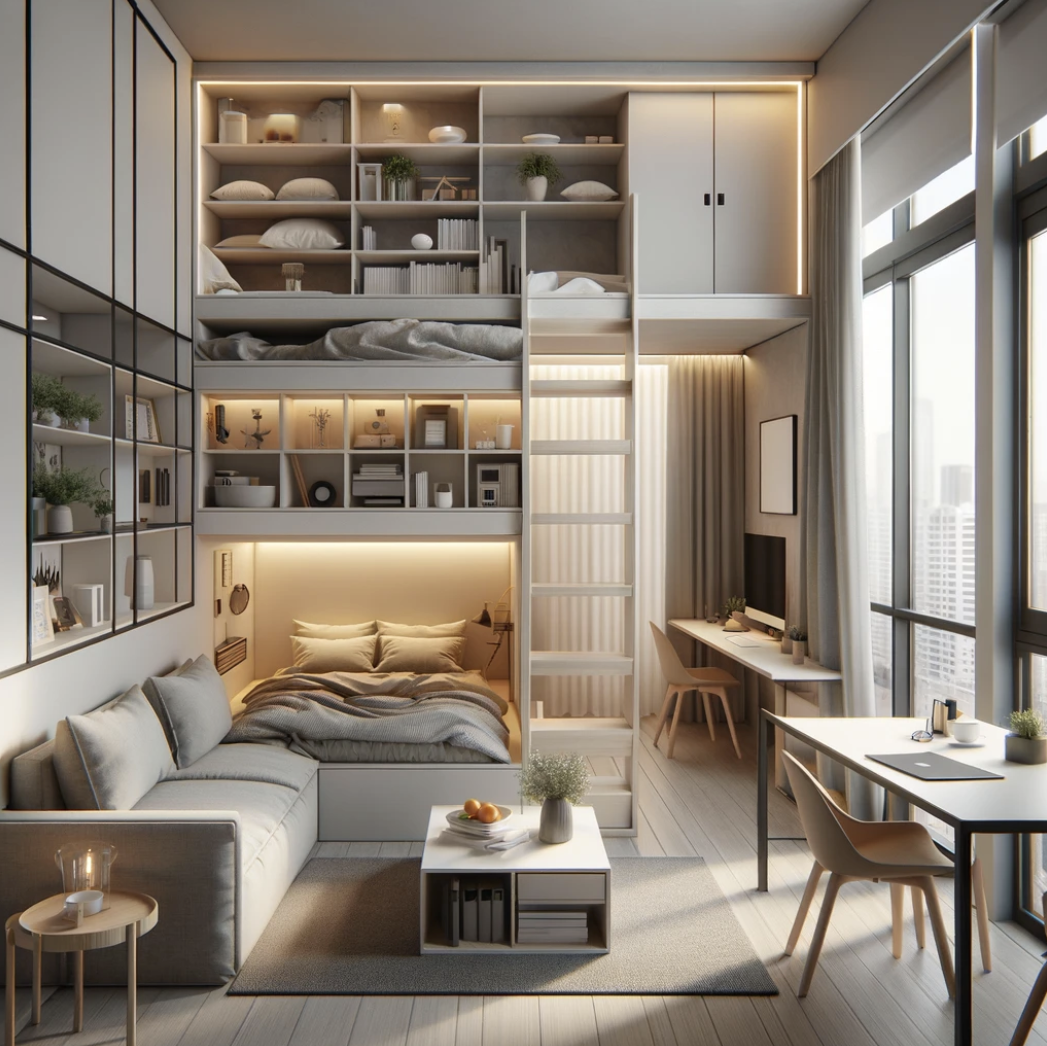The definition of Modern Architecture can vary, but I understand it as characterized by the following principles:
1. Functionality Over Form: Elements, forms, and spatial relationships primarily exist to serve functional purposes. The principle 'form follows function'—first used by architect Louis Sullivan in 1896—guides this approach. Historically, architecture often featured ornate designs that masked construction joints, but modern methods emphasize practicality over unnecessary ornamentation.
2. Efficient Use of Space: Modern Architecture seeks to utilize every part of a structure and its surroundings effectively. It involves eliminating rarely used rooms and optimizing space according to actual needs rather than adhering to traditional expectations. This focus ensures that resources are directed towards creating functional and efficient environments
3. Integration with Nature: At its core, Modern Architecture strives to connect people with the natural environment while maintaining comfort. It allows for varying levels of interaction with nature—from having no barriers to being fully enclosed—based on desired conditions like air quality, acoustics, and privacy.
Conclusion:
Modern Architecture surpasses other design philosophies by maximizing resource efficiency and fostering a connection with nature. It not only adapts to the evolving landscape of construction materials and methods but also caters to the innate human need to interact with the natural world.
Charles J. Neyrey | AIA | LEED AP
M2 Studio




